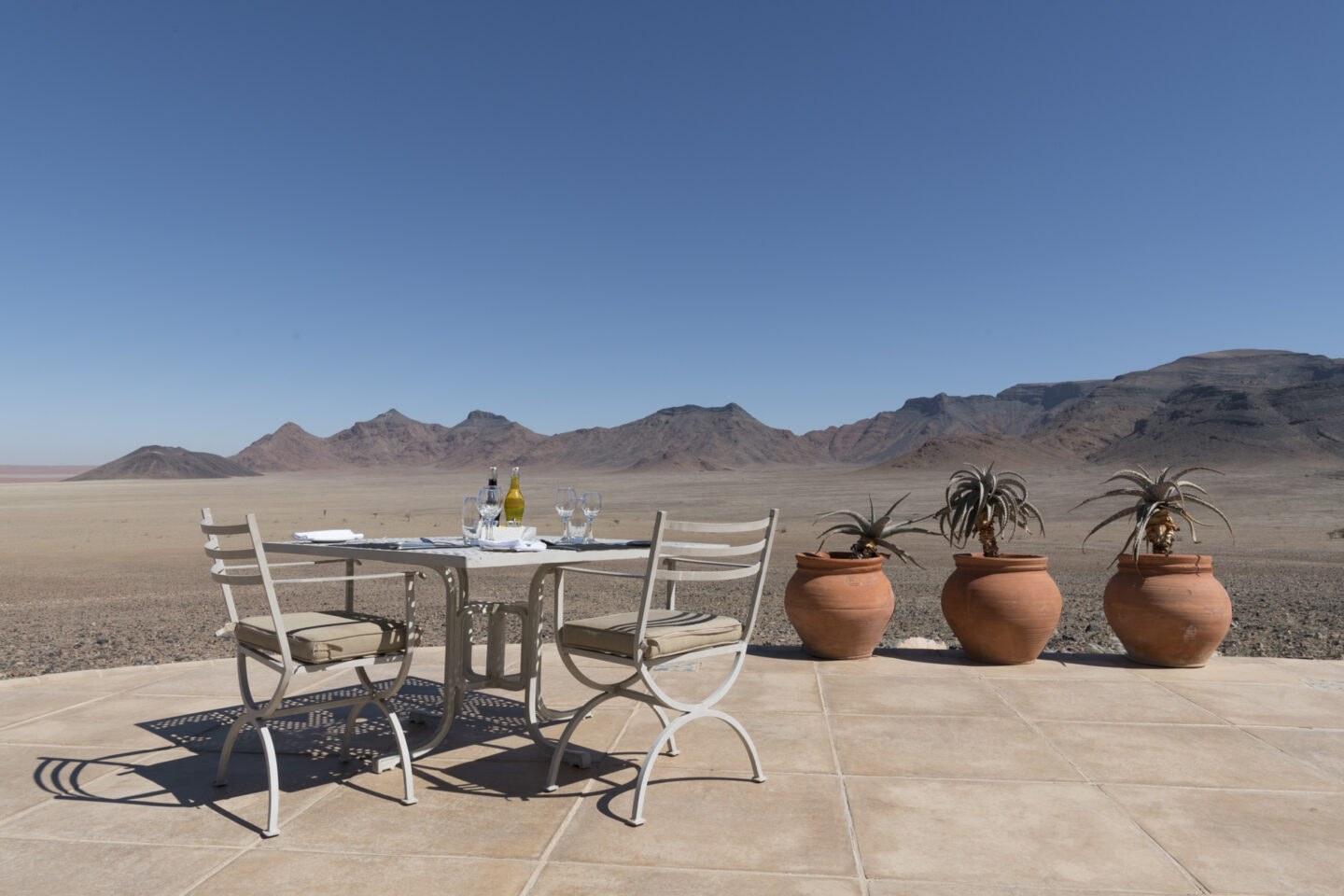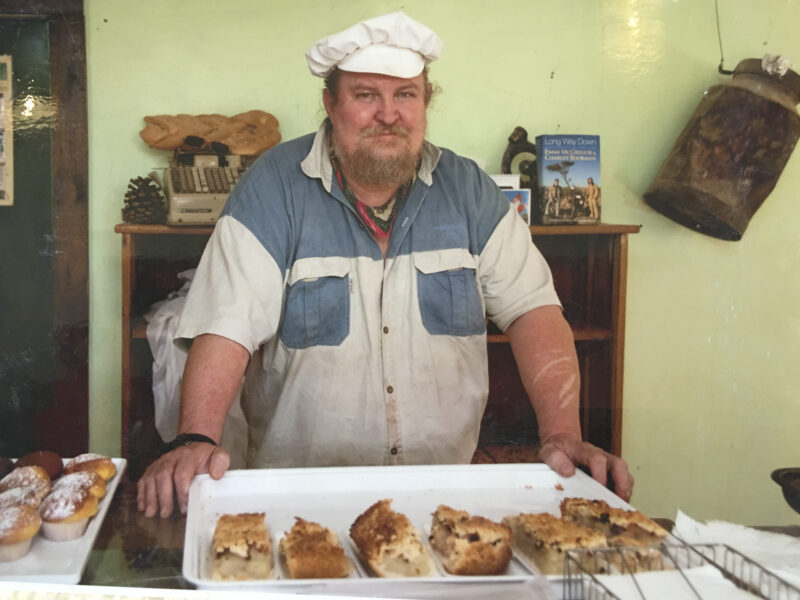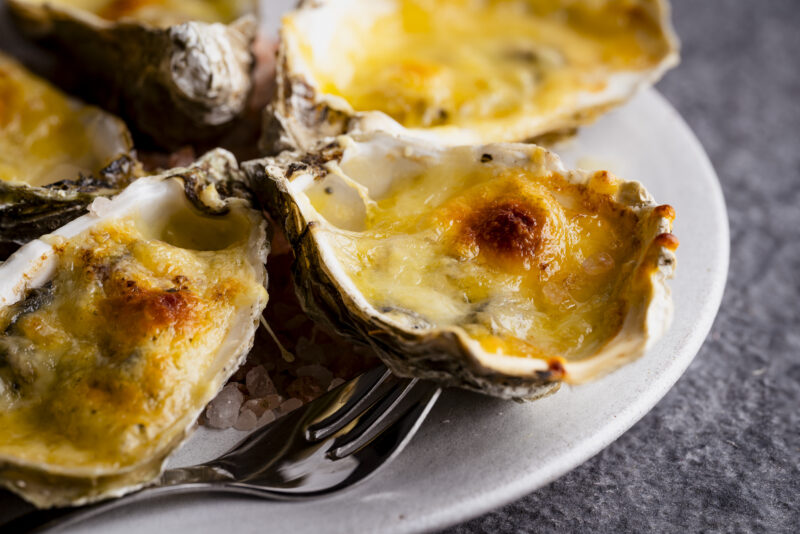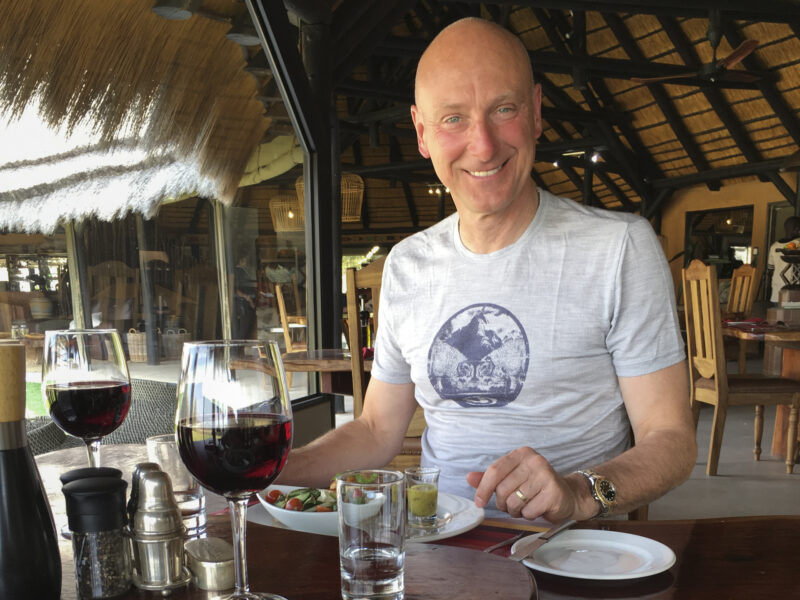Namibian cuisine
The food in Namibia is delicious and varied, although less sophisticated than in some other destinations. German and South African influences are strong and make for an interesting mix of dishes. Namibians are masters of the braai. Antelope, ostrich, crocodile and beef are on the menu daily. Namibia also offers delicious oysters and the apple pie at the Moose McGregor Desert Bakery in Solitaire is legendary.

German Influences
After the arrival of Adolf Lüberitz in 1883, part of southern Namibia was declared a German protectorate. The area continued to expand and by the time of World War I, the colony had grown considerably. Many descendants of the German settlers remained in Namibia and the influence of German cuisine can still be found in local dishes.
Everywhere in Namibia you will find delicious pastries. In addition to the universal brötchen, there is apple strudel, black forest cake and stollen. Rye bread is also a staple in Namibia. Swakopmund's Café Anton is a must, and Solitaire is the place to go for apple pie. Most restaurants offer typical dishes like schnitzel, sauerkraut and Frankfurter sausage. We had the most delicious potato salad with roasted springbok at Kucki's German Bar Stube in Swakopmund.

South African influences
South Africa's proximity and control over Namibia has left its mark on Namibian cuisine. There is no celebration in Namibia without a braai. Large pieces of meat or skewers are cooked over an open wood fire. Steaks of kudu, oryx and springbok are very tender and flavorful, but locally farmed lamb and beef are also top quality. At Bagatelle Kalahari Ranch we had the most delicious roasted braaiwors, a spicy sausage made with beef or game. At Damaraland Camp we enjoyed a sumptuous braai during the weekly boma, a dinner around a large campfire under the stars.
Namibia is also home to biltong, the South African beef jerky. Long strips of beef or game are first marinated in a mixture of brown sugar, vinegar and Worcestershire sauce. After 24 hours, the strips are hung in a well-ventilated cabinet to dry. Biltong is the perfect snack, but it is also delicious tossed into a fresh salad. You can buy biltong at several places in the center of Swakopmund.
A Namibian classic with South African roots is the famous potjiekos. The term actually refers to a stew, and like ours, it can contain anything. You can make a potjiekos from chicken, fish or meat with your choice of rice, potatoes, pumpkin or other vegetables. The stew is cooked outside in a Dutch oven over an open fire.

Fish and seafood along the coast
Fish and seafood are often on the menu along the Atlantic coast. Cod is caught locally in the coastal waters. From deeper waters come sole, hake, monkfish and kingklip, a local eel-like fish with a delicate flavor. Fish can be grilled, fried or deep-fried like for fish and chips. A very good place for seafood is The Tug in Swakopmund.
Further along the southern coast off Lüberitz, lobster is the main catch. Walvis Bay near Swakopmund is known for its oysters. We tasted local oysters on a catamaran cruise in the bay. Namibian oysters are large and fleshy and good for hot preparations.

Beer and wine
Beer and wine are consumed everywhere in Namibia. Most restaurants have a nice wine list with a large selection of South African wines. At The Tug we had a delicious Pinot Noir from Iona Winery in the Elgin Valley near Cape Town. At Little Ongava, Nicci served us a Pinot Noir from Mofam Wines, short for Moore Family. The family is one of the owners of the Ongava Game Reserve and the wine is not for commercial sale. Nicci only had 7 bottles left and we enjoyed every sip.
People in Namibia like to drink beer. It is of very good quality and is brewed locally in Windhoek according to the rules of the German Reinheitsgebod. The 500 year old commodity law strictly regulates which ingredients can be used to brew beer.
